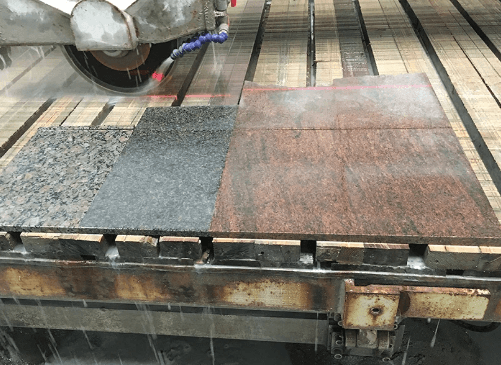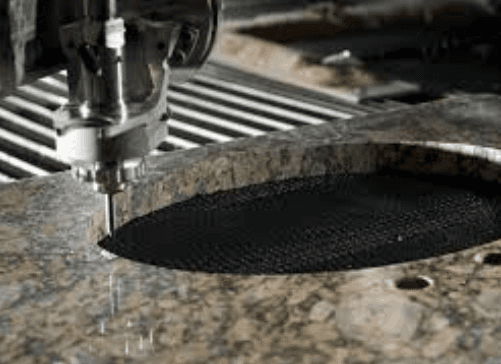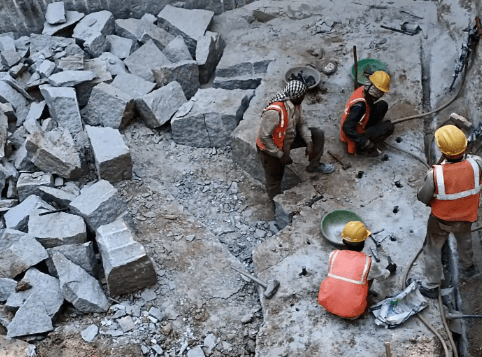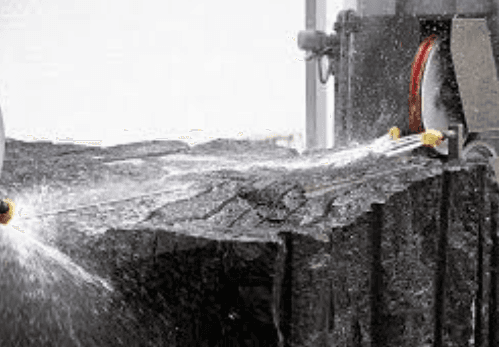Stone Material Waste Issues and Technological Innovation Solutions
Lizzy
Stone Material Waste Issues and Technological Innovation Solutions
The stone industry experiences various forms of waste during the processes of mining, processing, transportation, and usage. Here is an analysis of these waste issues and corresponding technological innovation solutions.
Areas of Stone Material Waste
Waste in the Mining Process
Damage or loss of strata due to complex geological structures.
High energy consumption and material usage in remote areas.
Waste in the Processing Stage
Stone chips, powder, and waste generated during cutting, grinding, and polishing.
Inefficient Use and Secondary Processing Waste
Inefficient use of stone and secondary processing due to construction changes and errors.
Lack of Recycling and Reuse Mechanisms
Unused stone not effectively recycled or reused.
Waste in Transportation and Storage
Damage and loss during transportation and storage.
Unreasonable Design and Planning
Mismatch of stone dimensions and waste due to poor design and planning.
Lack of Resource Management and Recycling Systems
Unused stone not fully utilized.
Education and Awareness Issues
Lack of environmental awareness and skills among practitioners.
Technological Innovation Solutions
Precision Mining Technology
Advanced Detection Technology: Use technologies such as ground-penetrating radar and 3D laser scanning to accurately identify stone deposits and reduce resource waste during mining.
Automated Mining Equipment: Employ automated machinery for mining to reduce human errors and resource loss.
Efficient Processing Techniques
CNC Machinery: Utilize Computer Numerical Control (CNC) machines for precise cutting, reducing material waste during processing.
Water Jet Cutting Technology: Use high-speed water streams for cutting, reducing wear and improving the utilization rate of stone materials.
Recycling and Reuse
Stone Waste Recycling Technology: Develop technologies to transform stone waste into aggregates or for producing other building materials.
Chemical Treatment: Use chemical methods to treat stone waste and extract valuable materials.
Green Building Materials
Develop New Stone Composite Products: Such as composites of stone and Glass Fiber Reinforced Concrete (GFRC), reducing reliance on raw stone.
Optimize Logistics and Storage
Intelligent Logistics Systems: Use IoT technology to track the transportation of stone, reducing loss and waste.
Improved Packaging Technology: Adopt more effective packaging methods to reduce damage during transportation and storage.
Digital Design Tools
BIM Technology: Use Building Information Modeling (BIM) technology during the architectural design phase to accurately calculate the amount of stone needed and reduce waste.
Enhance Environmental Awareness
Virtual Reality (VR) Training: Train practitioners in environmental awareness using VR technology to improve the efficiency of resource utilization.
Policy and Market Incentives
Certification and Labeling: Provide certification and labeling for stone products that use environmentally friendly technologies, encouraging consumers to choose greener products.
Interdisciplinary R&D
Material Science Research: Develop more durable and recyclable stone products through interdisciplinary research.
Artificial Intelligence and Machine Learning
Predictive Analytics: Use AI and machine learning to predict market demand, optimize production plans, and reduce waste from overproduction.
Conclusion
Implementing the above technological innovation strategies can significantly reduce the waste of stone materials and promote the sustainable development of the stone industry. This not only helps protect the environment but also improves the economic benefits of enterprises.







